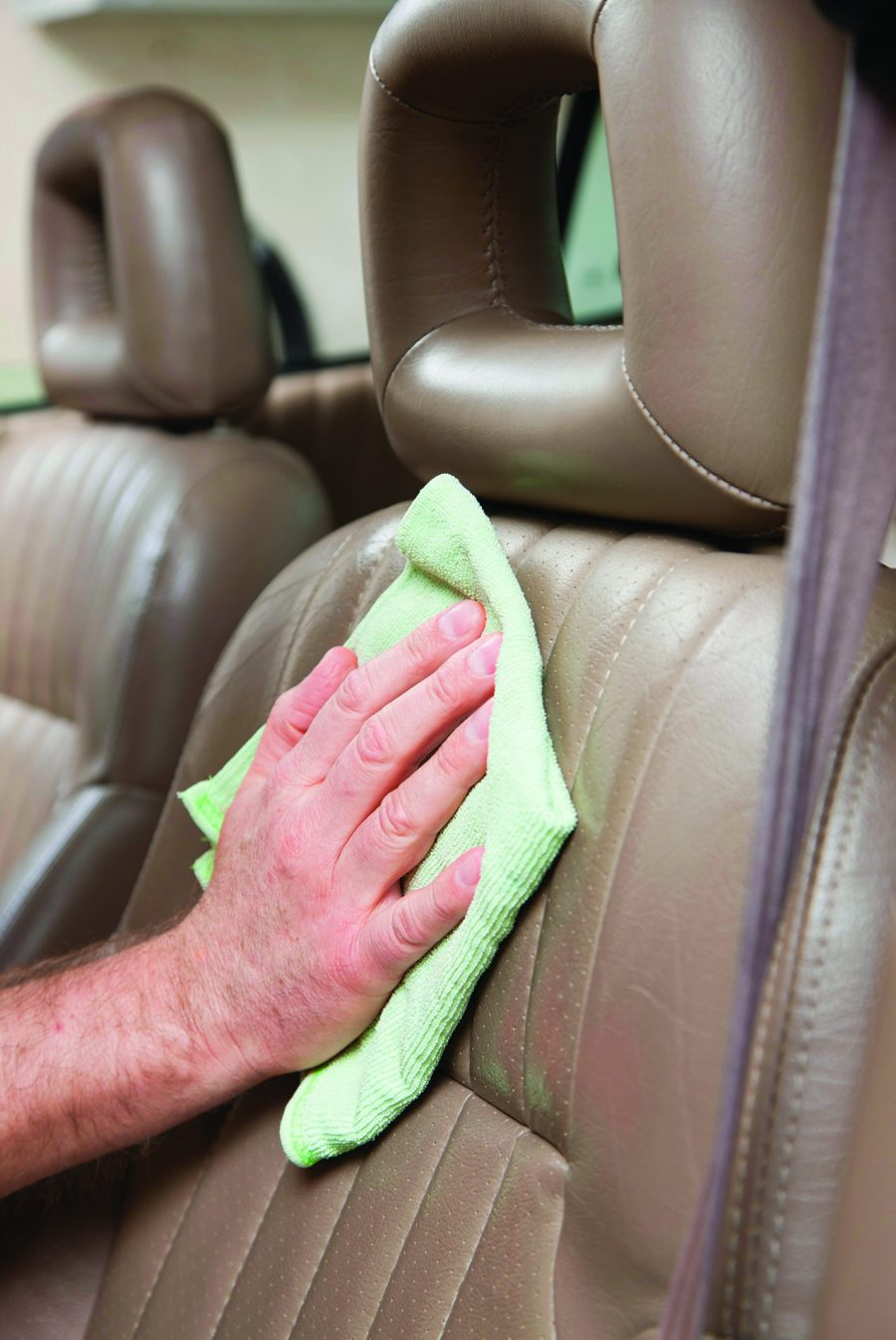A number of factors are involved in keeping a vehicle functioning and looking good. Ensuring a vehicle interior is clean and tidy is easily overlooked, but such efforts can improve the driving experience.
Drivers who want their cars and trucks to look their best should not forget their vehicle interiors. Drivers unsure where to start can spruce up their vehicle interiors in the following ways.
Remove any trash
Wrappers, receipts, empty water bottles, and other items can quickly pile up inside a car, especially for drivers who have young children. Routinely go through the vehicle to gather and remove debris.
Vacuum the interior
Start off with a can of compressed air and blow out dust and any other dirt that has accumulated in tight crevices. Then use a high-powered vacuum to conduct a thorough cleaning. Pay attention to the seams of car seats, door handles, armrests, floor mats (and under them), underneath child safety seats, and the trunk or cargo area. If you don’t have a vacuum with a lot of suction, utilize one at a do-it-yourself car wash location.
Scrub floor mats
Drivers with rubber mats can remove them and make a mild cleaning solution of a few drops of dish soap and warm water. Use a soft-bristled brush to clean the mats. Upholstered mats can be shampooed using a carpet cleaner. Then rinse and hang to dry. All mats should be completely dry before being returned to the vehicle.
Clean the upholstery
Seats can get dirty and dingy over time. For cloth vehicle seats, use a proper spray or foam upholstery cleaner. All-purpose cleaner can work on vinyl seats, but leather seats require a special leather soap and conditioner. Avoid products with silicone, which can stain your clothes and may make interior surfaces too slippery.
Address glass surfaces
Turn your attention to the windshield, windows and mirrors. You can use a store-bought glass cleaner on these surfaces and a lint-free cloth. Avoid products containing ammonia, which may damage tinting on windows.
Consider lingering odors
If the interior of the car has an odor, the cabin air filter may need to be changed, or there may be water entering the vehicle somewhere and creating a musty smell. Seek out any problems and address. A car air freshener can further improve the interior smell.
A thorough deep cleaning can be done at least once a month to keep a vehicle’s interior fresh and clean. However, keeping up with interior cleaning and maintenance by doing small jobs regularly will reduce the need for routine deep cleaning.













